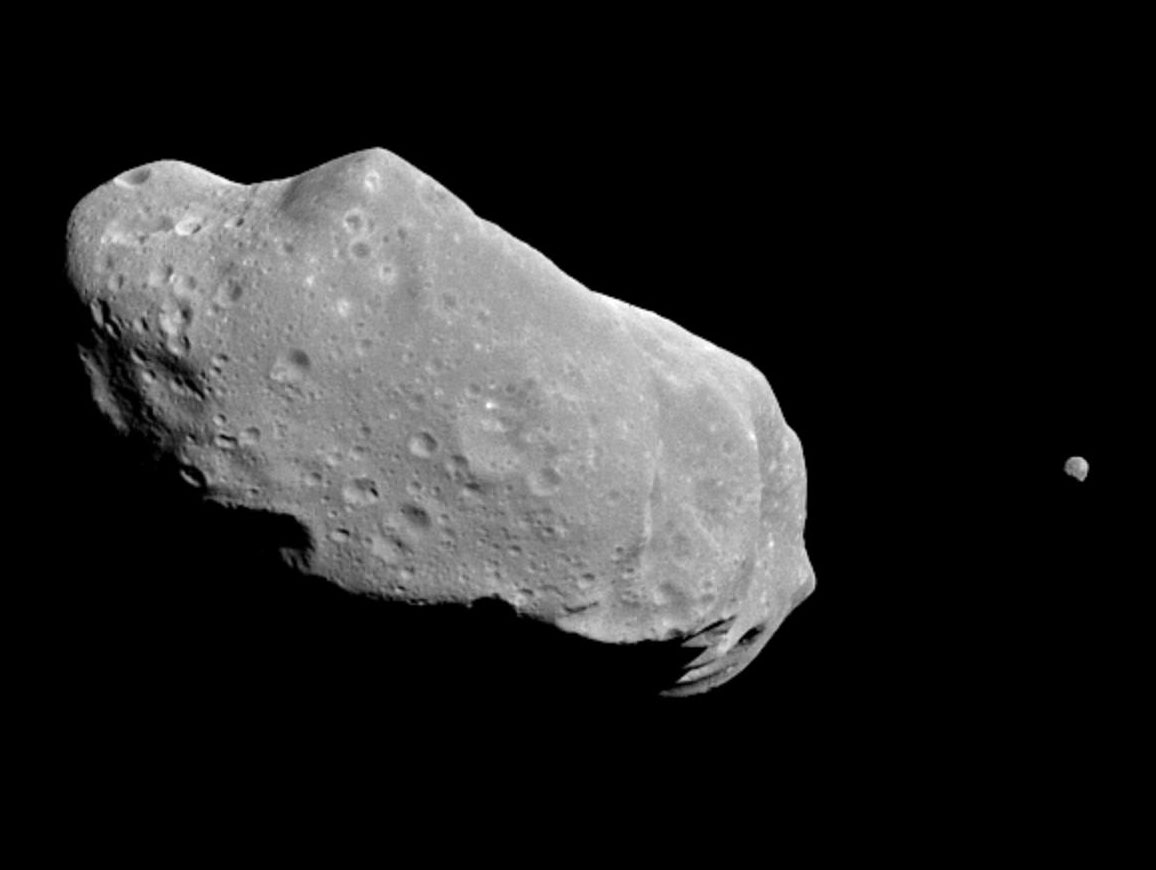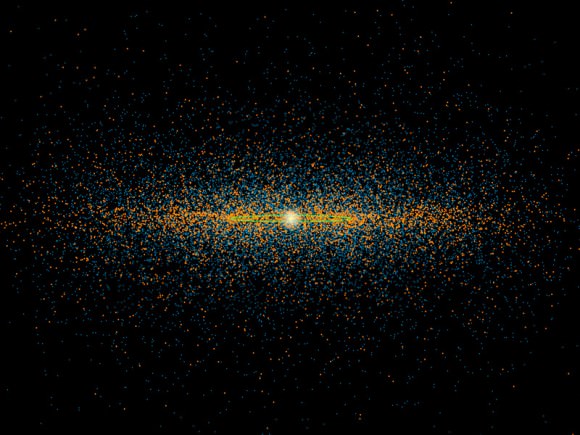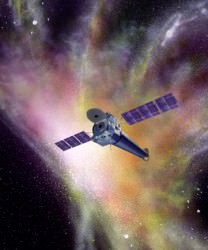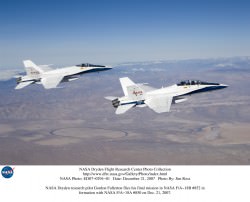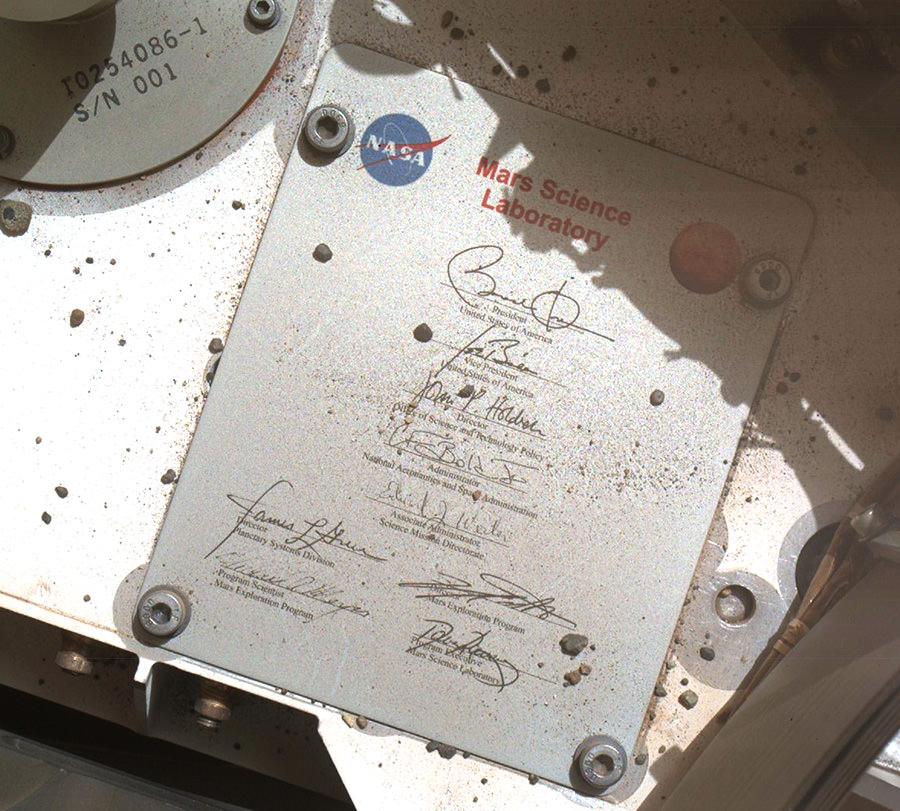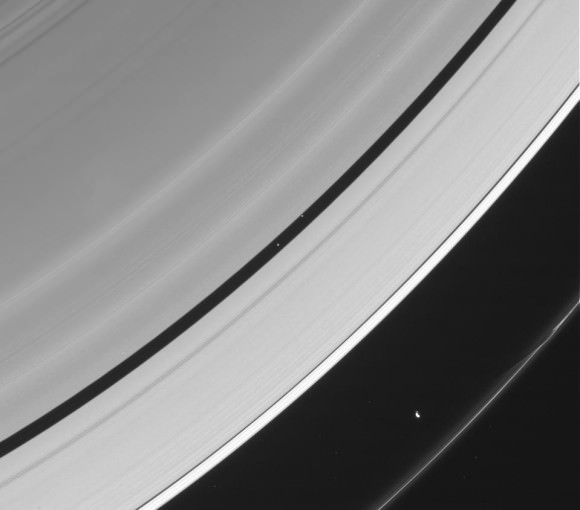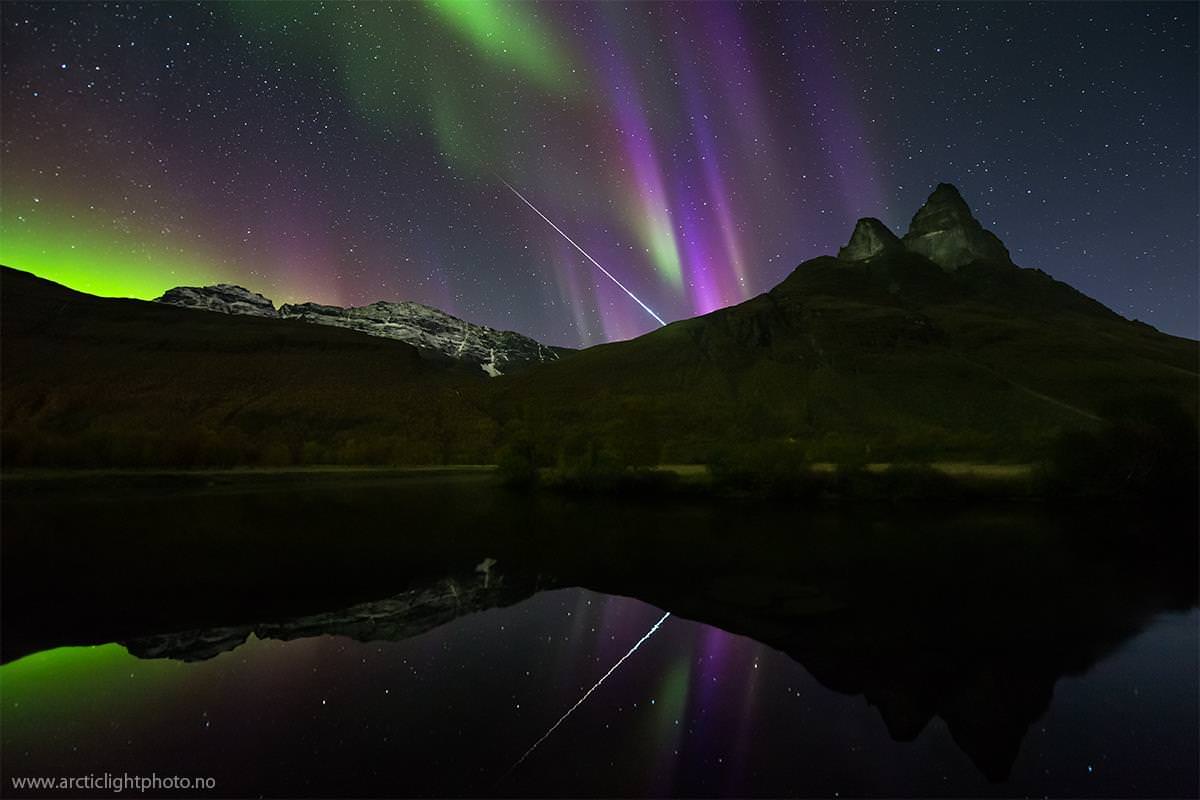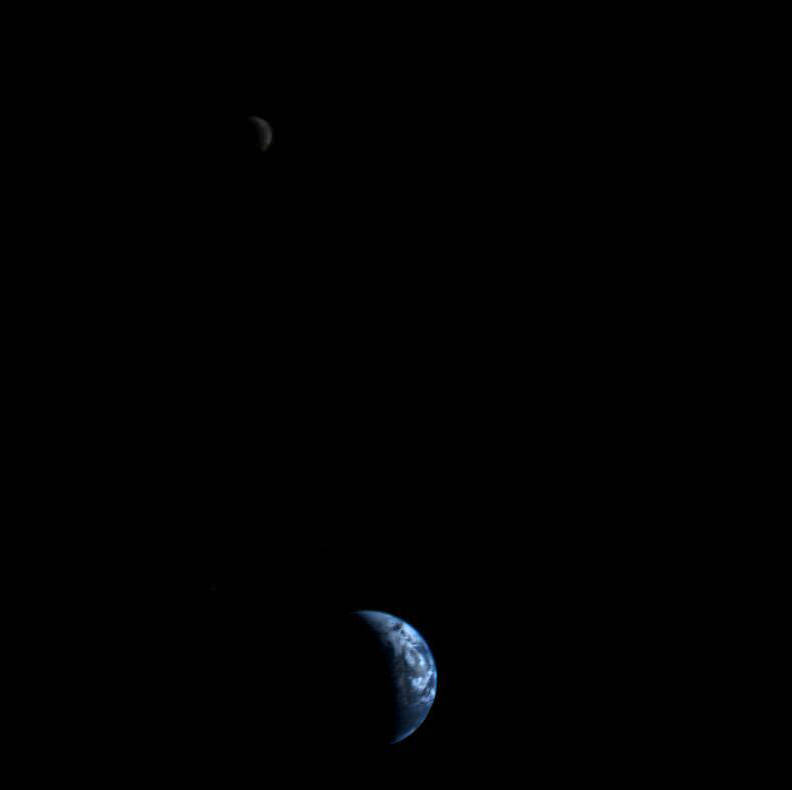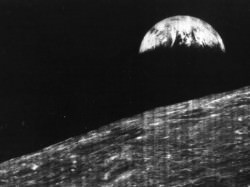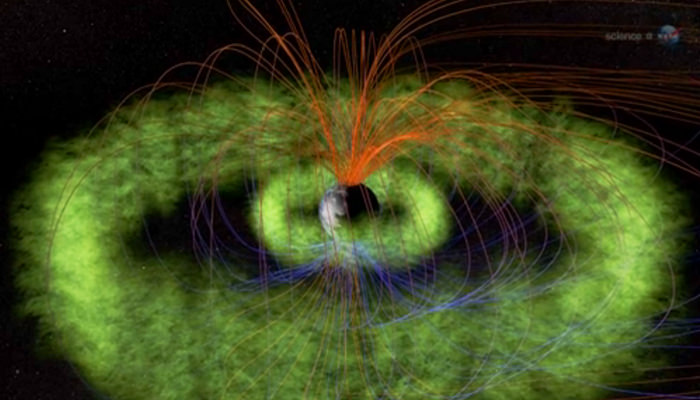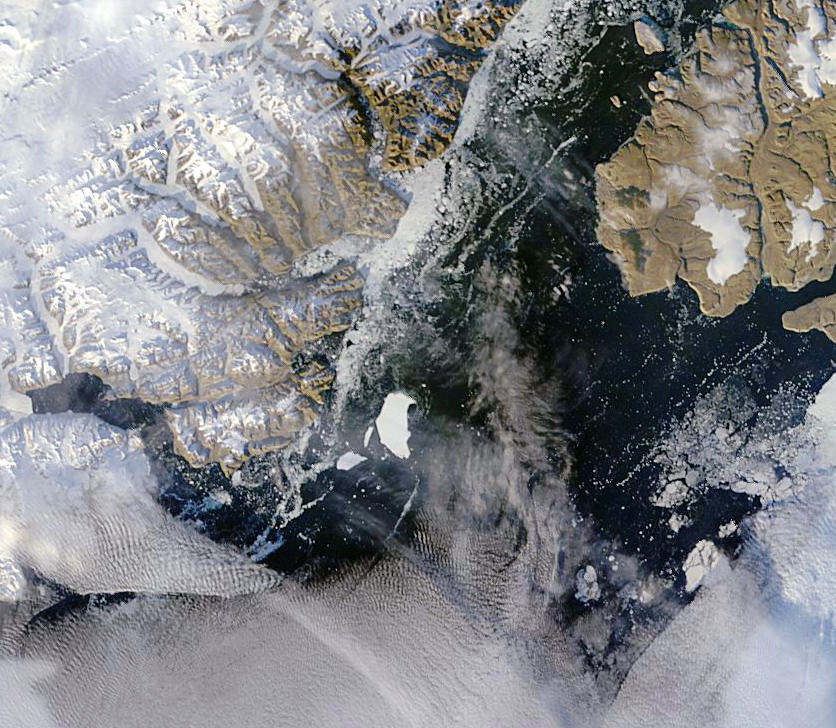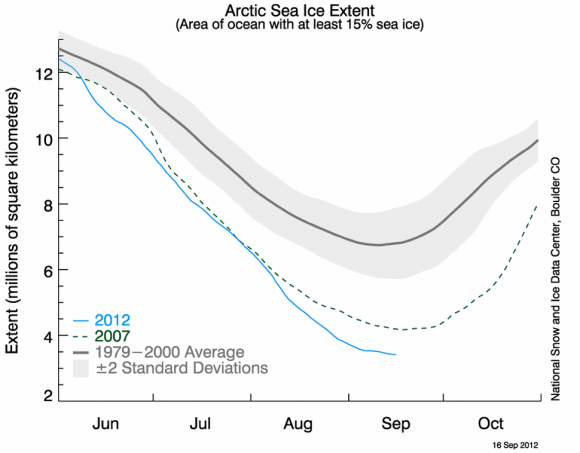Plaque on the exterior of Mars Science Laboratory, aka “Curiosity” (NASA/JPL-Caltech/MSSS)
Curiosity drops a few rather big names in recent images taken with its MAHLI (Mars Hand Lens Imager) camera: here we see a plaque affixed to its surface bearing the names and signatures of U.S. President Barack Obama, Vice President Joe Biden, Office of Science and Technology Director John Holdren, NASA Administrator Charles Bolden and other key figures responsible for making the Mars Exploration Program possible.
You never know… even on another planet it can’t hurt to have friends in high places!
The image was captured by MAHLI on September 19, the 44th sol of the MSL mission. (See the original raw downlink here.)
The rectangular plaque is made of anodized aluminum, measuring 3.94 inches (100 mm) high by 3.23 inches (82 mm) wide. It’s attached to the front left side of Curiosity’s deck with four bolts. (Explore Curiosity in 3D here.)
Dust, pebbles and variously-sized bits of Mars can be seen scattered around the plaque and deck, leftover detritus from the rover’s landing.
The complete list of signatures is:
Barack Obama, President, United States of America
Joe Biden, Vice President
John P. Holdren, Director, Office of Science and Technology Policy
Charles F. Bolden, Jr., Administrator, National Aeronautics and Space Administration
Edward J. Weiler, Associate Administrator, Science Mission Directorate (2008–2011)
James Green, Director, Planetary Sciences Division
Doug McCuistion, Director, Mars Exploration Program
Michael Meyer, Program Scientist, Mars Exploration Program
David Lavery, Program Executive, Mars Science Laboratory
In another image taken on the same sol, Curiosity shows some national pride with a circular medallion decorated with the stars and stripes of the American flag. The 68-mm-wide circular aluminum plate is affixed to one of the rover’s rocker arms. It’s just one of its four “mobility logos” — the others having the NASA logo, the JPL logo and the Curiosity mission logo.
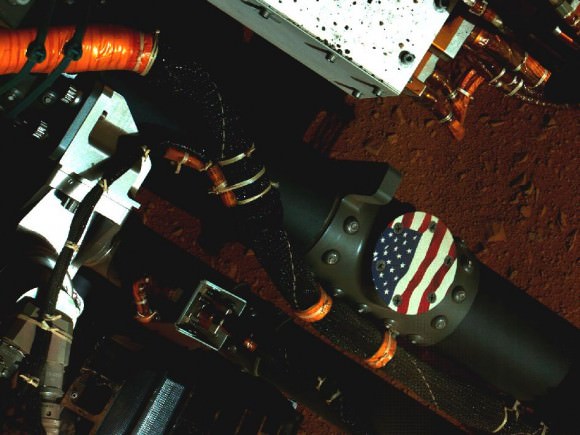
Curiosity’s “stars and stripes” American flag mobility logo (NASA/JPL-Caltech/MSSS)
The main purpose of Curiosity’s MAHLI camera is to acquire close-up, high-resolution views of rocks and soil at the rover’s Gale Crater field site. Developed for NASA by Malin Space Science Systems in San Diego, CA, the camera is capable of focusing on any target at distances of about 0.8 inch (2.1 centimeters) to infinity, providing versatility for other uses, such as views of the rover itself from different angles.
Get more technical information about the MAHLI camera here.


